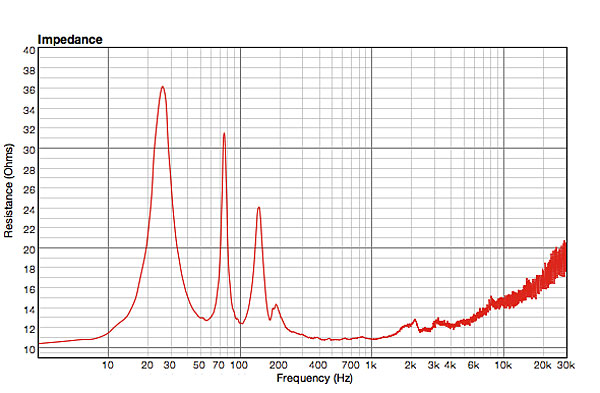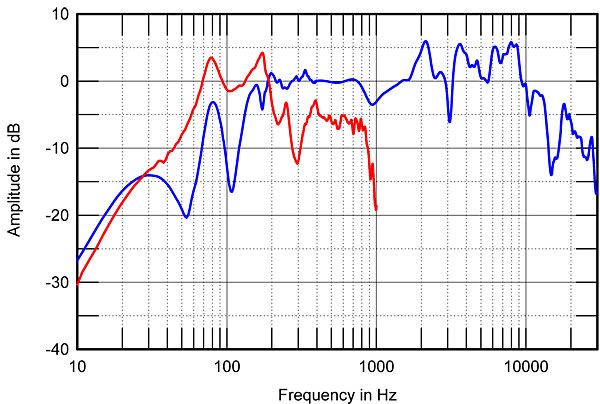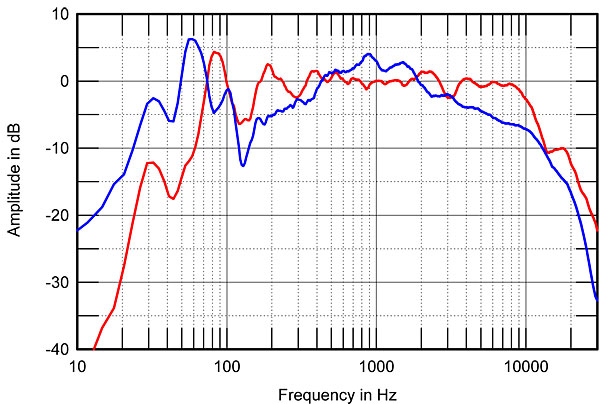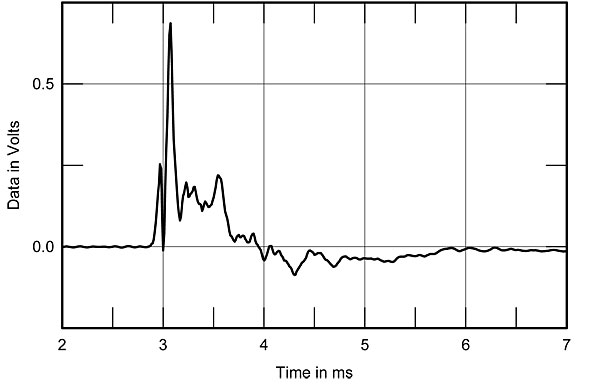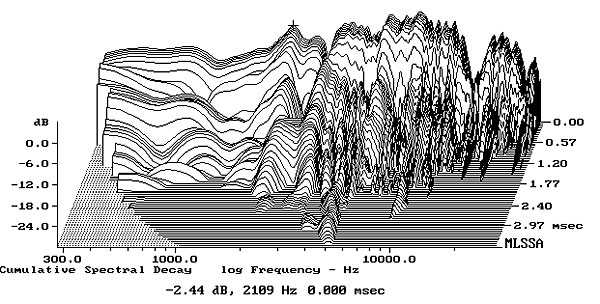| Columns Retired Columns & Blogs |
Oh, boy, another $30K speaker, what a bargain. I love Art Dudley, but this kind of thing I do not need. It is what is wrong with audio today, and what has turned what used to be a hobby into a garish exercise in conspicuous consumption. I'm sorry to be a crab, and my comment will undoubtedly bring some cleverly snide response, but I still remember having a great time with my Dynakit Mk. III tube amps, for which I paid around $120 each, even in the 1980s. I thought audio was a lot more fun back then.
